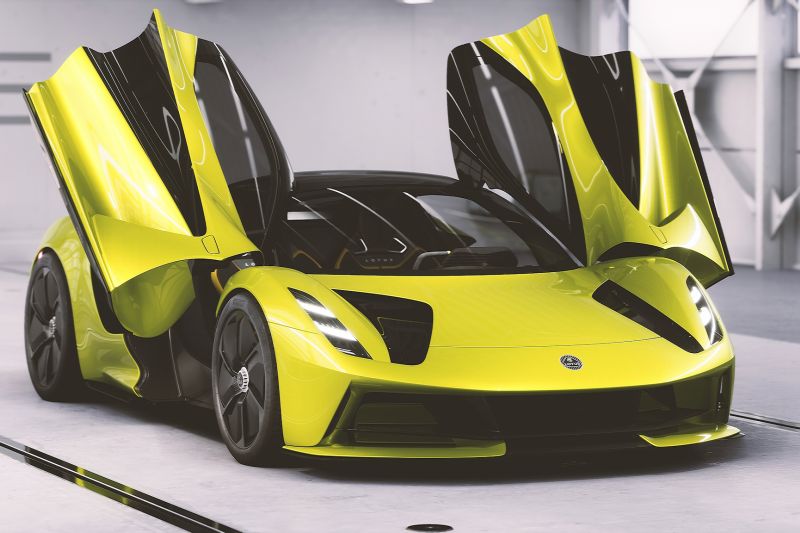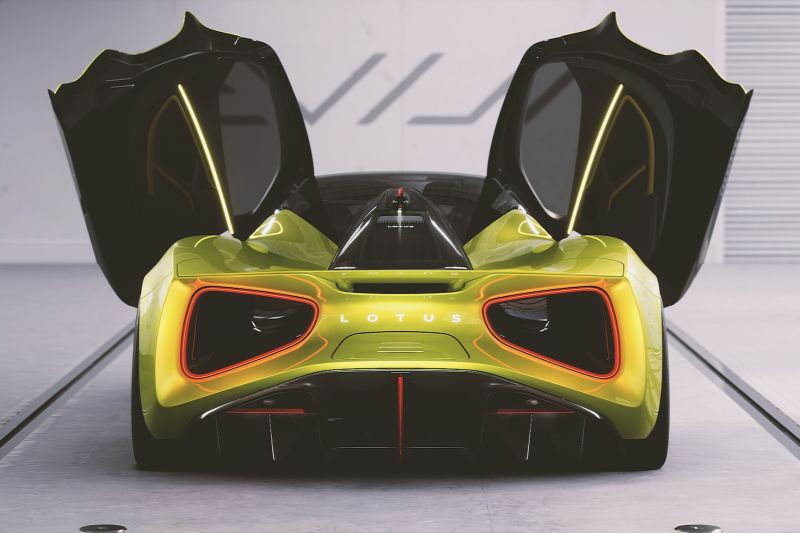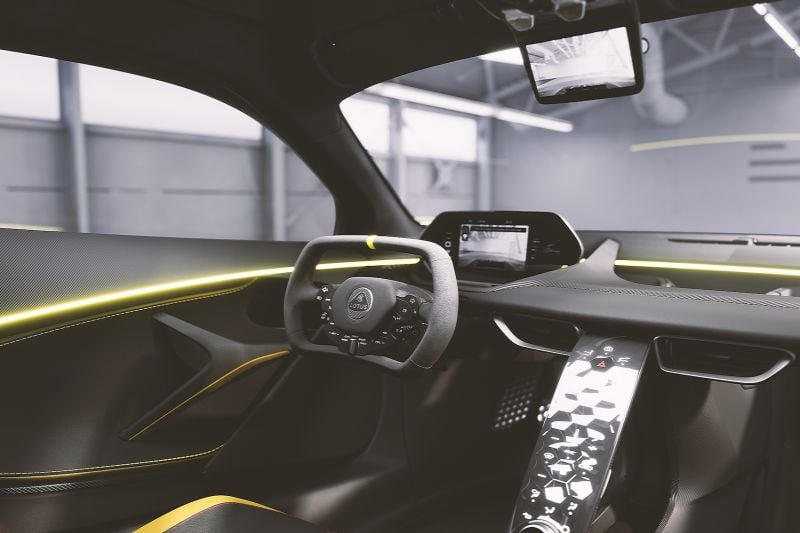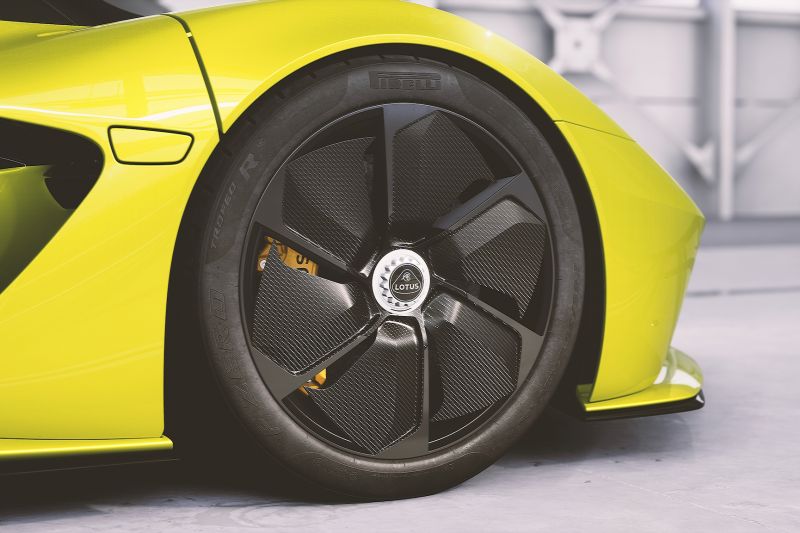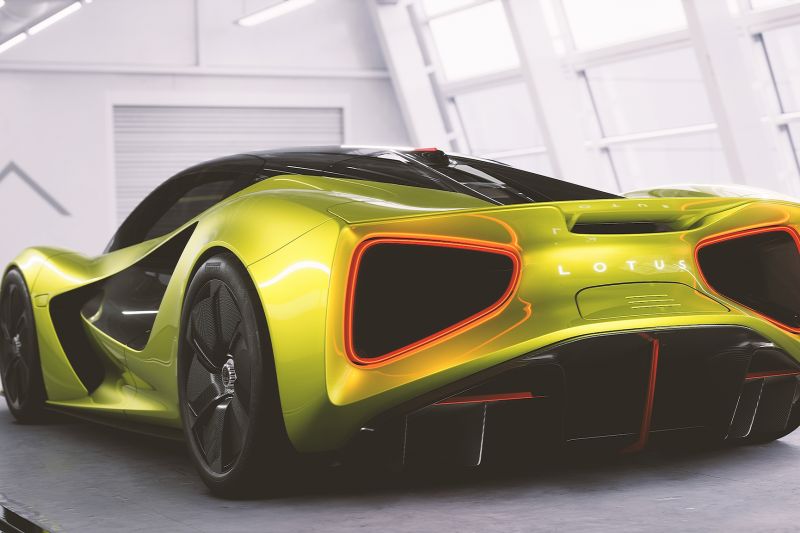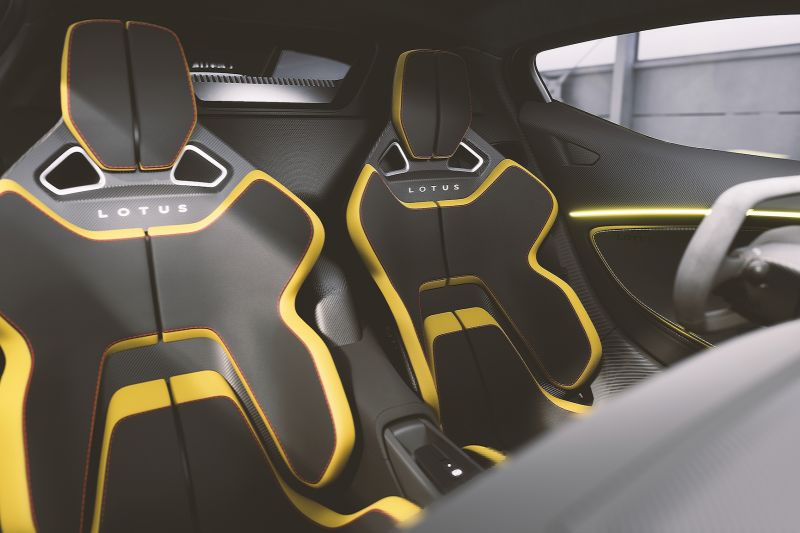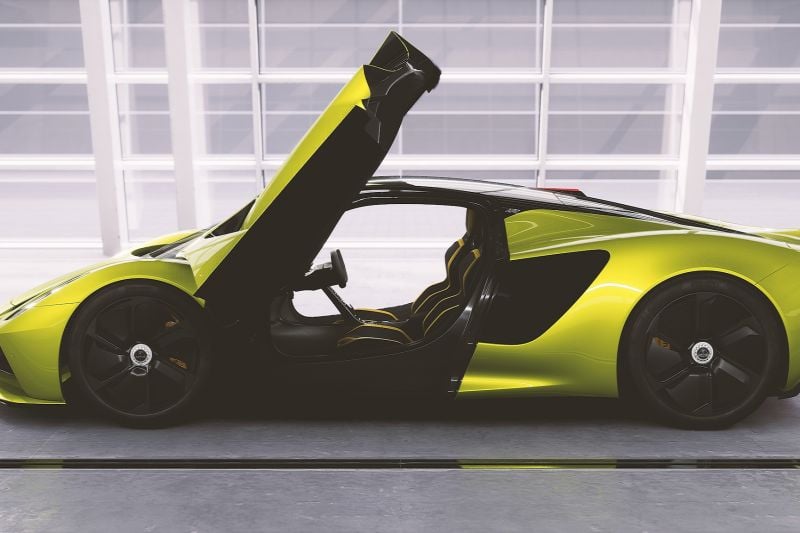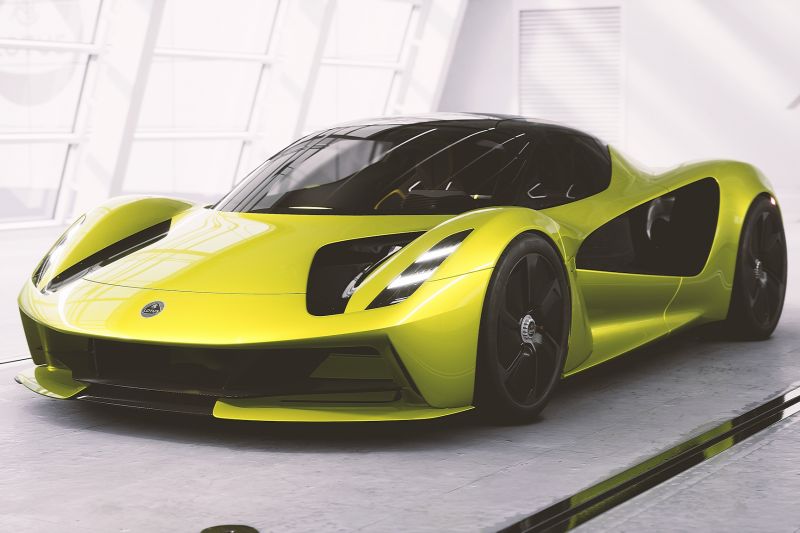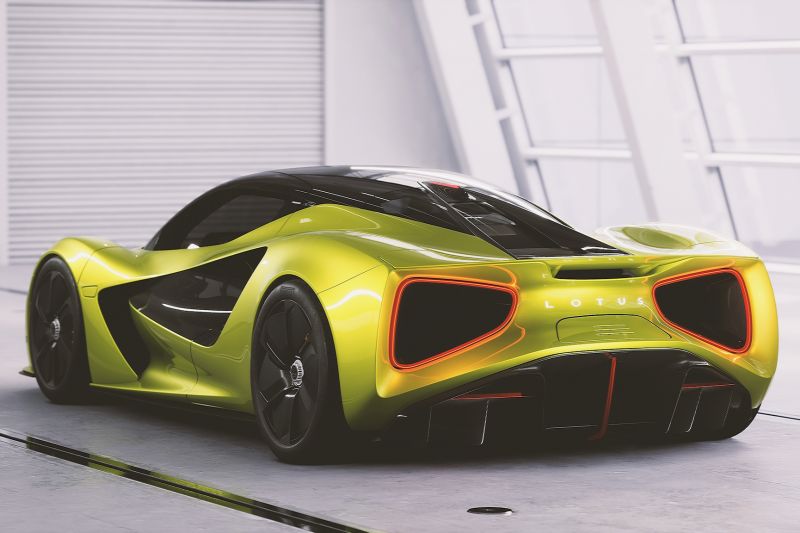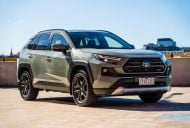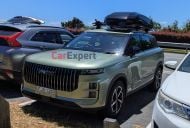How would you configure a $3 million electric hypercar? Last week, CarExpert had the exclusive chance to find out.
Along with a chat with the boss of design at Lotus, we got our hands dirty with the high-tech configurator being offered to those who’ve laid down a $440,000 deposit on the electric Evija.
Currently the configurator is only available to Evija customers. Given the car is priced from $3 million excluding on-road costs, which would comfortably total $1 million, only a small pool of people will get to play with the system.
We opted for a unique yellow and black combination, as you can see here. As with customers, after configuring the car we were given a suite of high-resolution images and a video. But first, a little about the Evija.
The Evija marks the beginning of a new era for Lotus. It also happens to boast some crazy power and torque figures. How does 1470kW and 2000Nm sound?
That comes from an electric powertrain, with a motor each wheel. The powertrain allows the Evija to hit 100km/h in under three seconds.
In true Lotus fashion, the Evija only weighs 1680kg. That might look heavy compared to an Elise, but it’s much, much lighter than electric sports cars such as the Porsche Taycan (up to 2380kg).
It’s not the 0-100km/h that will impress, it’s the 100 to 200km/h sprint. Lotus says it also takes around three seconds, and the Evija will keep pulling to 300km/h in a further four seconds – for a 0-300km/h time of less than 10 seconds.
The configurator uses the Unreal Engine from Epic Games. The system is into its fourth generation, and powers the likes of Fortnite, Assetto Corsa, and Mortal Kombat.
The Unreal Engine has given Lotus the ability to create a configurator environment with huge computing power.
It’s capable of putting the Evija in a realistic environment capable of considering how light hitting the car from different angles will look, and adjusting things like the number of flakes in the paint.
The company that built the configurator for Lotus, Real Time, says it did so with the official CAD models of the Evija. The same detailed files are sent to part suppliers, so the virtual car is as close to reality as possible.
The configurator is made to showcase the hypercar in the brand’s design centre, but can also be tweaked to match the lighting in cities such as Dubai or Los Angeles.
We spent a good hour with the system, and can confirm there are countless specifications and options that can be had, considering paint and interior can be colour matched to any sample provided.
Lotus also offers a selection of pre-curated configurations designed by Carr and his team to demonstrate the many personalities of the Evija.
Carr says he likes the car in silver, but a gold and black specification also works beautifully. We’re not so sure on silver for a car this exotic and rare, so went for a brighter colour combination that we thought would look great on Australian roads.
Although Lotus is a British car company, the Evija has so far only been confirmed for left-hand drive.
However, there are at least three strong expressions of interest for the car in Australia, and Lotus is currently working to bring it into line with our local design rules.
Once a virtual configuration is finalised, Lotus sends out samples of the paint colours chosen to confirm they’re what the customer wants.
There are some neat features on the configurator, such as the ability to deploy the car’s active aerodynamics, or to open and close the doors.
Although configurators of this kind aren’t new, the level of detail in the Evija system is beyond that offered by many exotic manufacturers.
Carr says given the price and exclusivity of the Evija, Lotus needed a system that made it easy for customers to explore all their options.
“The idea with the configurator was to personalise the experience as much as we could,” Carr told CarExpert.
“The kind of guys that are going to buy this are the ones you need to go to. Go to where they are, homes, offices, country clubs”
Work on the Lotus Evija started as far back as 2017, with most of the design work being completed in 2018. The first customer car deliveries are expected this year.

